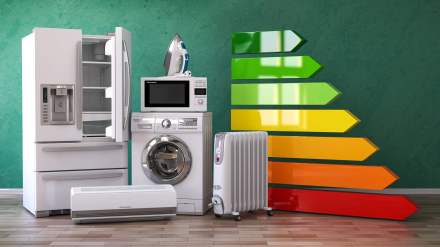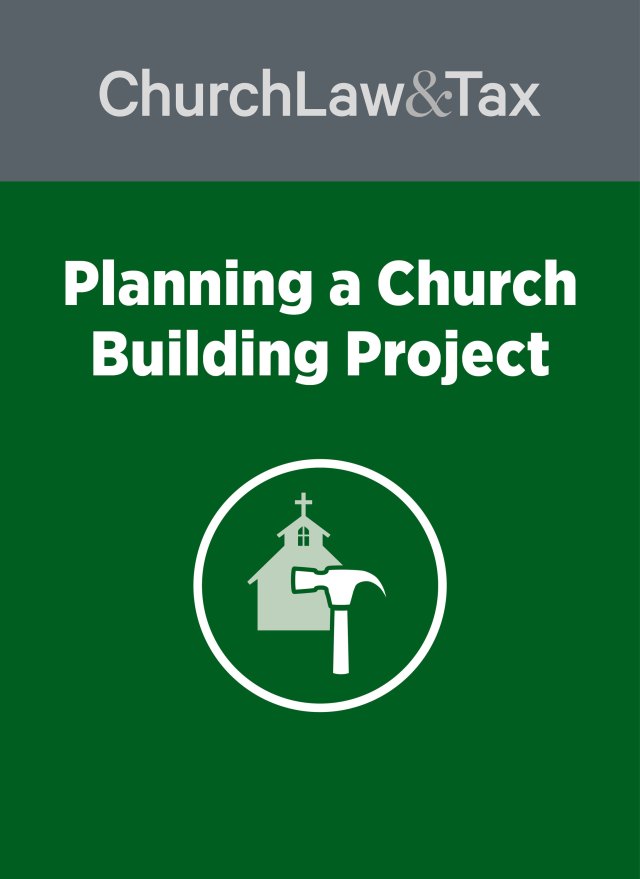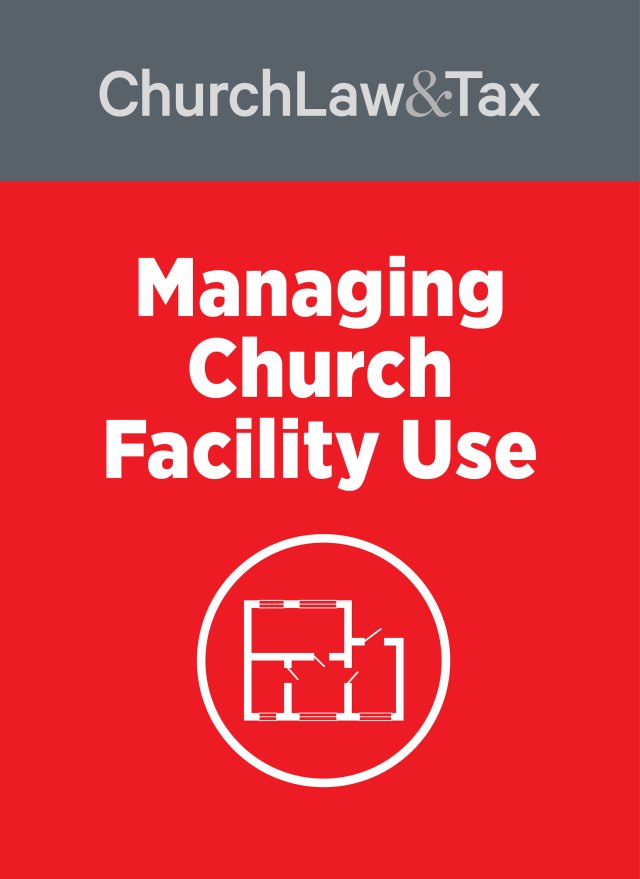When devastating floods hit Grand Forks, North Dakota, in 1997, the basement and parts of the first floor of First Presbyterian Church’s 90-year-old brick facility filled with water.
After the flood waters receded, church leaders assessed the damage. It soon became clear that the building was no longer usable. The congregation voted to sell the old 25,000 square-foot building and to construct a new 13,500 square-foot facility. In consultation with neighboring environmental groups, as well as architects and engineers, First Presbyterian planned a new, energy-efficient church.
The congregation asked the builders to use insulated windows, extra building insulation, a groundwater heat pump to warm the church—even a few passive solar panels. “Any energy-efficient methods you use will save you money,” says Pastor Gretchen Daneke- Graf. “But building this way is also a witness to environmental integrity, to stewardship of the environment. The stewardship issue was even more important to us than the cost savings.”
As other congregations have discovered, making a church more energy efficient not only helps protect the environment; it also saves money. For example, when Georgetown Gospel Chapel in Seattle made its existing church buildings more energy- efficient, it cut $5,000 a year from its annual budget of $55,000. That money is now used for missions, a Christian camp, and enhanced community outreach (including a community garden).
6 Truths About Energy Efficiency and Savings
Here are several specific areas in which being environmentally friendly saves money.
Scheduled energy use. Experts estimate that at least three-fourths of a church’s energy costs go toward keeping facilities comfortable during the days when the facilities are used. That includes cooling warm rooms, warming cool rooms, and removing high levels of humidity. “The majority of churches use their complete structure only a few days a week,” Rawlston says. “Most of the heating and cooling requirements are for when people are in the building.” Rawlston suggests reducing heating and cooling costs by installing a system that shuts off fresh air requirements when the church is not in use. Many congregations that build new churches opt for a computerized system that controls when and where fresh air, light, heat, and air conditioning go to various parts of the church. A simple programmable thermostat to control when the heating comes on and goes off can save a church up to 25 percent on energy bills, says the Evangelical Environmental Network.
Geothermal heat pumps. In most parts of the United States, a geothermal heat pump (GHP) is a viable alternative to oil or gas furnaces and air conditioners. A study from the U.S. Environmental Protection Agency has concluded that these pumps are the most energy-efficient space-conditioning systems available. According to estimates from the U.S. Department of Energy, GHPs can trim the amount of electricity used for heating and cooling by as much as 30 to 40 percent.
GHPs rely on relatively stable ground temperatures. They don’t create heat but use electricity to move heat from the church to the ground during the summer and pump warmth from the ground to the church during the winter. First Presbyterian Church in Grand Forks, North Dakota, uses a GHP to warm its facilities. The church does not have a furnace.
High-efficiency GHPs remove humidity from the air more efficiently than air conditioners do, and at a lower cost. GHPs provide hot water for free in the summer. Water heating costs in winter are cut roughly in half.
Good Insulation. Congregations with older church facilities as well as those who are building new ones should talk to their builders about having an adequate amount of insulation in the ceiling, walls, and around the perimeter of the floor, says Brian Rawlston of Morton Builders. It’s also important to add insulation to eliminate air leaks around windows and doors, he says. Most new churches install insulated windows to keep the heat out in summer and the heat in during the winter. Double- or triple-pane windows have insulating air- or gas-filled spaces between each pane of glass to minimize heat transfer. According to Darrell W. Eggleston, president of the Houston-based Century Builders, insulated windows alone can reduce energy bills up to 15 percent.
Planting. Don’t forget the importance of landscaping. In addition to making your church look more attractive, properly placed vegetation can help reduce your energy costs. Deciduous trees, for example, can provide natural barriers to summer sun while allowing winter sunlight to warm the church. In addition, plants and shrubs can be helpful windbreaks.
Buildings that are surrounded with grass tend to be about 10 degrees cooler in the summer than buildings flanked by asphalt or concrete. Bob Kemper, a building systems engineer with Myler Church Building Systems, says that asphalt and concrete stretches next to church buildings bounce solar radiation back to a building in the summer, which means that air-conditioning systems have to work that much harder.
The ENERGY STAR. Thanks to the U.S. government’s voluntary ENERGY STAR certification program, it’s easy to find a whole range of products recognized by the U.S. Department of Energy for their energy efficiency. (For a complete list of products, see www.energystar.gov.)
Any added cost of ENERGY STAR products will be more than recouped in a few years by the savings they offer compared with products produced just a decade ago. Georgetown Gospel Chapel in Seattle, Washington, discovered this when they purchased two small ENERGY STAR-rated refrigerators to replace older models. The electricity cost for the two appliances was cut by two-thirds.
The green. A number of states offer financial incentives for companies and churches that use alternative fuel sources. Oregon and Idaho, for example, offer low-interest loans and substantial tax credits for solar systems bought by businesses, individuals, or governments.
Contact your state or local government to see what programs are available in your area. For more information about renewable energy choices, visit the U.S. Department of Energy’s Energy Efficiency and Renewable Energy Network website.




